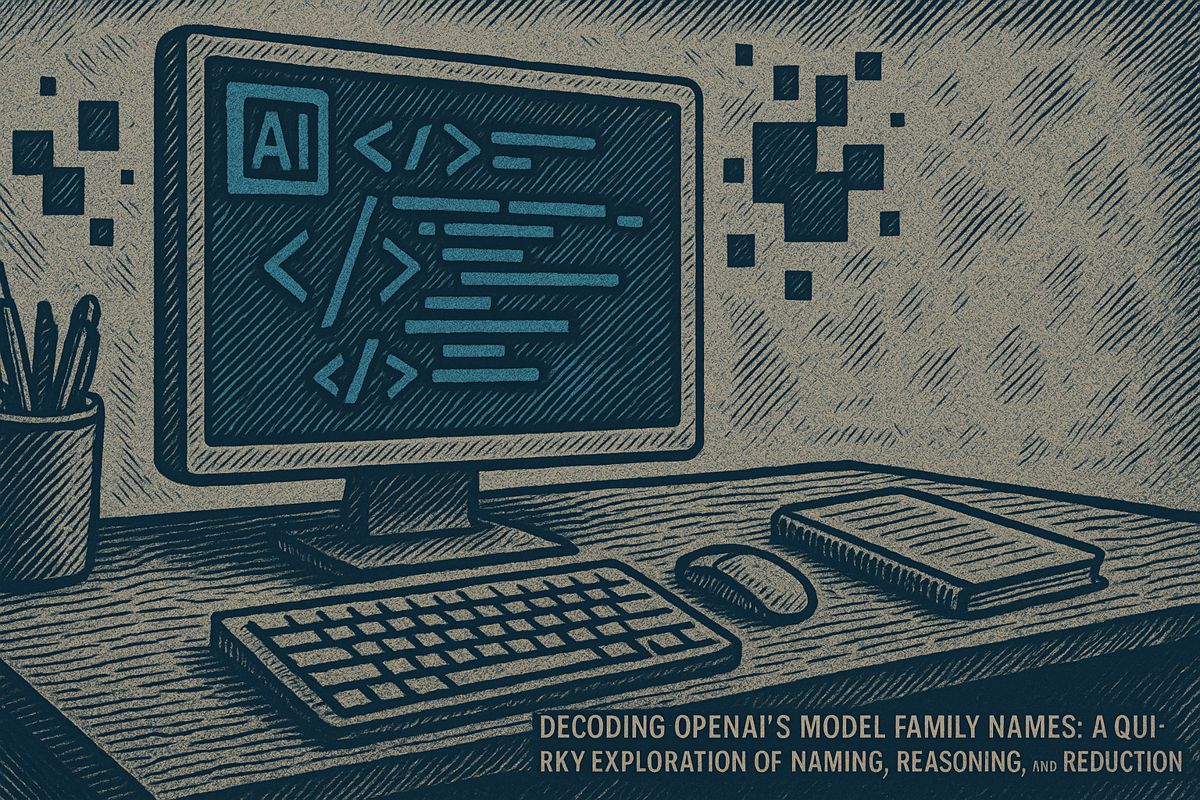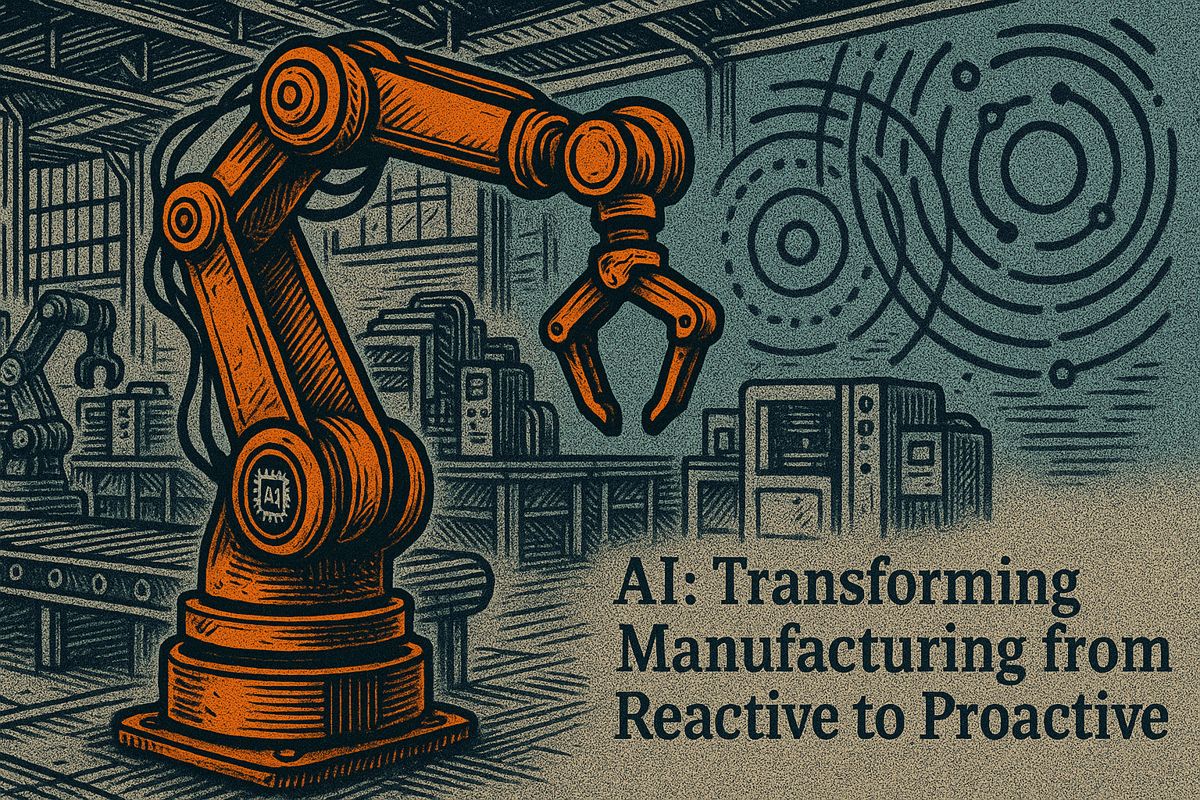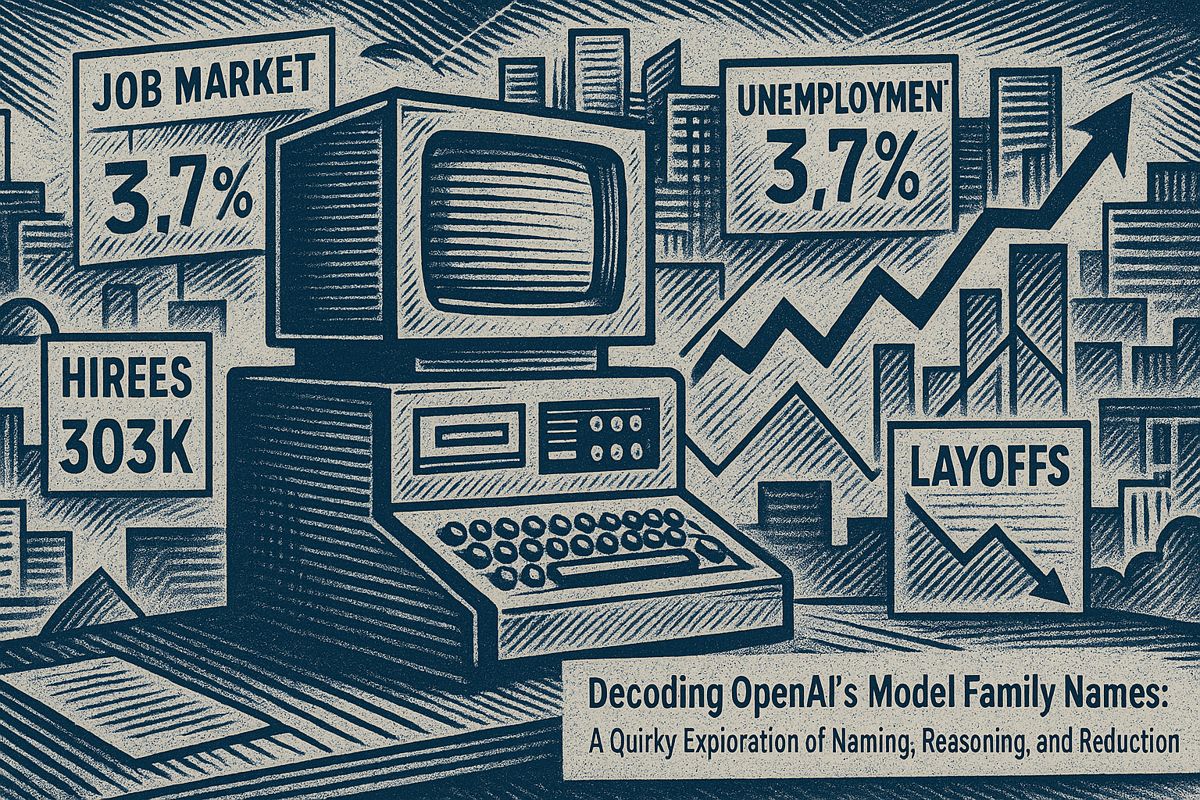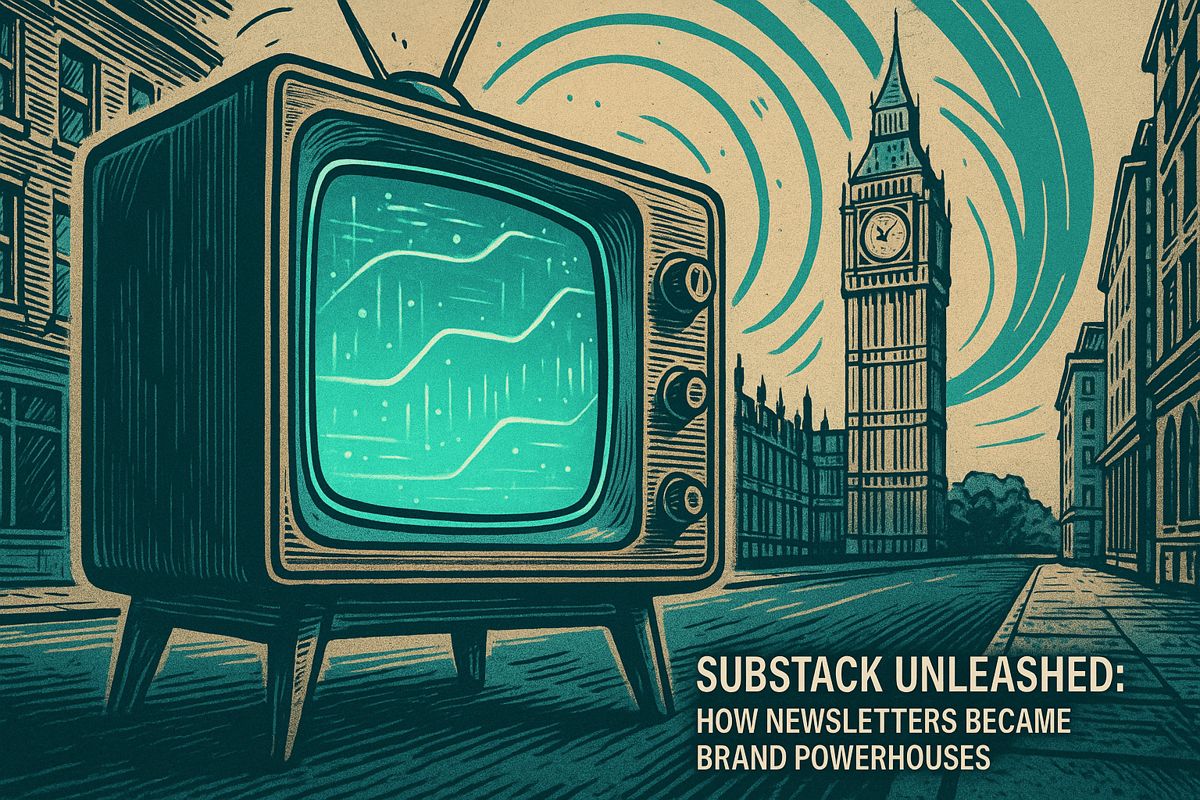Here’s the text with the most important phrase in bold markdown:
Generative AI is rapidly transforming professional work across multiple industries, with dramatic efficiency gains and changing workflows. From legal document processing to scientific research and marketing, AI tools are now handling complex tasks that once consumed significant human time and effort. Professionals are increasingly embracing these technologies, with 95% of lawyers believing AI will be central to their daily work within five years. The technology is speeding up processes like contract review, drug discovery, and customer interactions, potentially saving hours of manual labor. Despite excitement, there are underlying tensions about privacy, job displacement, and the ethical implications of this technological shift.
What Is the Impact of Generative AI on Professional Work?
Generative AI is rapidly transforming professional workflows across industries like law, science, and marketing, with 95% of lawyers believing AI tools will be central to their daily work within five years, enabling faster document processing, research, and personalized content generation.
Morning Coffee, Old Fears
I love watching technology creep into life – like steam curling from a mug, barely noticed until the glass fogs up. Last week, I was leafing through an Accenture industry analysis, half-focused, the sweet-bitter scent of coffee in the air and my mind marinating in nostalgia. Back in my client services days, the phone queues felt endless. My temples pounded after parsing a 90-page service agreement, and I used to joke, “Couldn’t a robot just do this for me?” That was pure sci-fi then. Now? Not so much.
There’s a memory I can’t shake: Maya in 2015, three desks over, eagle-eyed and compulsively neat. She’d catch a clause typo by lunchtime, but confessed, “If only I could clone myself.” Fast-forward ten years. She was right, but not how either of us imagined. It isn’t about duplicating Maya – it’s about algorithms that scan a thousand contracts before you finish a cappuccino. Honestly, I didn’t see it coming this fast. It’s a little unnerving, like your favorite armchair suddenly learning to talk.
Big Numbers, Tiny Details
Let’s get concrete. Deutsche Telekom’s AI assistant is now handling 38 million customer interactions every year. That’s not a rounding error. Picture the collective groan of a million customers on hold, now dispersed by code. The air smells of ozone and relief. Anyone who’s ever worked a help desk knows that mix of dread and hope – you want to help, but crave an end to monotony. This isn’t job theft. It’s a little emotional rescue, isn’t it?
Then there’s the legal world. In just one year, the share of legal professionals using generative AI went from 14% to 26%. That’s an uptick you could see even after a late night out. Lawyers, famously conservative about new tech, now trust AI with work that swallows 40-60% of their time – document review, research, drafting. According to Thompson Reuters, one third of law firm associates open generative tools several times per week. The old joke about “billable hours” is starting to sound like “billable insights.” If only my first boss could hear that, she’d probably spill her tea.
What’s really wild? 95% of lawyers now believe these tools will sit at the heart of their daily work within five years. I’ve caught myself wondering if I should have studied machine learning instead of torts. Oops. But I’m not the only one rethinking things these days.
Science, Sales, and Synthetic Minds
Zoom out, and the pattern repeats. In drug discovery, generative AI is speeding up molecule modeling – it’s like swapping a horse cart for the Shinkansen. Scientists now test drug candidates in silico, quietly shaving years off development timelines. I read about a team at Genentech using AI to pinpoint molecules for Duchenne muscular dystrophy, and couldn’t help but feel a little thrill. The hum of the server room has become as familiar in the lab as the whiff of ethanol.
Marketers are riding the same current. AI now helps personalize content and analyze sprawling customer datasets. Ever gotten an email that seemed to read your mood? That’s probably a bit of Salesforce’s Einstein or HubSpot’s AI magic at work. One global distributor (whose name I wish I could share, alas, NDA) now generates custom sales pitches on the fly, letting their reps spend more time talking to humans – and less time wrestling with spreadsheets. Click. Ding. The dopamine rush of a successful campaign, with a whisper of unease about what’s next.
But here’s the catch: many companies are still stuck in the mud. Infrastructure gaps, training woes, and old habits tug them backward. The early adopters will eat their lunch. It’s always been that way. I once argued the cloud was a fad – and had to eat humble pie in front of the whole team.
The Unsettling Edge
As companies fine-tune AI on their own data, privacy and rights issues bubble to the surface like too much yeast in a batch of bread. You want your model to learn your secrets – but not your rivals’. It’s tricky, isn’t it? The scent of nervous anticipation is everywhere.
What do these numbers and anecdotes mean? Generative AI isn’t a passing squall; it’s a tidal surge. Yes, the stats are bold, but the lived moments matter more: a legal team halving their busywork, a marketer finding time to breathe, or a scientist catching a breakthrough before the lab even wakes up. Are you excited, anxious, or both? Be honest. Change is here, stubbornly, and I’ve learned it’s better to ride the wave than resist it.
Sometimes, I wonder: did Maya ever get her wish? Or is she still out there, red pen in hand, smiling at what the future dragged in…



















